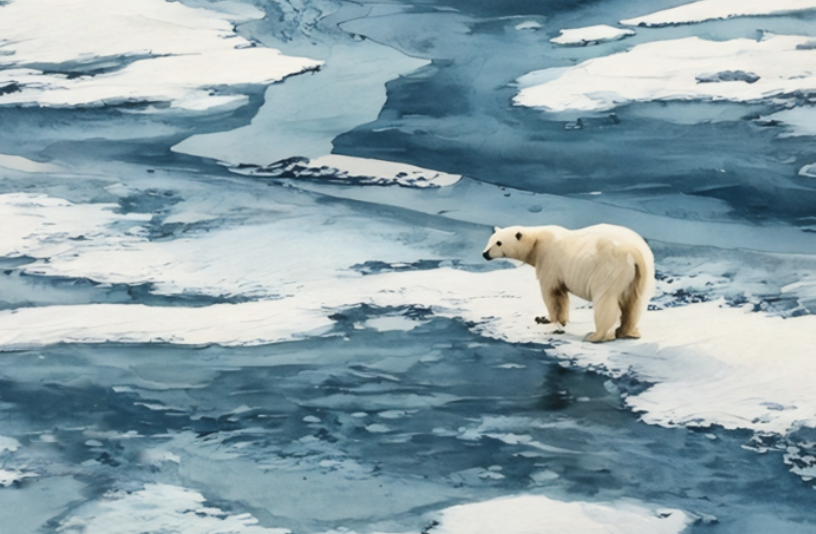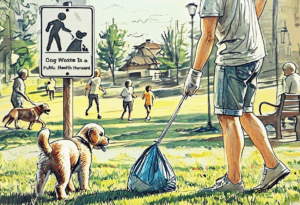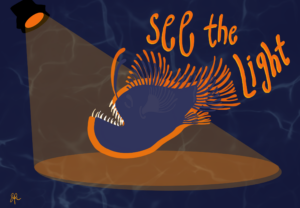
A recent study conducted by a group of researchers representing the Barcelona Institute for Global Health, University of British Columbia, University of California Berkeley, and other scientific institutes has unveiled the decadal implications of the melting of sea ice in the Arctic, particularly in the Pacific Northwest. By studying the decadal effects, the group was able to distinguish significant differences between the necessary short-term and long-term response actions while ironing out contradictions in results found by previous studies.
The group used three different computer climate models: CCSM4-SO, which uses a slab ocean model, meaning that it has a simplified ocean component instead of a fully dynamic one; IPSL-CM5A2, which has a fully coupled dynamic-thermodynamic ocean model, which put more simply means it can simulate ocean currents and other ocean interactions; and the EC-Earth3.2 Model, which is similar to IPSL-CM5A2 but with a different ocean configuration. The key distinction here is that CCSM4-SO has an oversimplified ocean compared to the other two models allowing the researchers to make conclusions about the role of ocean currents in climate regulation. Another important detail in the methodology is that the simulations are run on “low ice,” which means the ice volume is decreased without any artificial heat energy. This is done so that the researchers can isolate the effects of ice reduction alone.
The results of these simulations highlighted three important details relevant to the Pacific Coast. One of the significant findings of the study was the development of a geopotential ridge in the North Pacific. The melting Arctic sea ice contributes to this by reducing the temperature gradient between the Arctic and North Pacific, and warmer ocean water disrupts the balance of atmospheric pressure systems. This, in turn, influences the formation of geopotential ridges, linking the ice loss to broader climate impacts. Geopotential ridges are areas of high pressure characterized by warmer, drier air and heat waves. These warmer temperatures lead to the weakening of the Aleutian Low, an area of low-pressure air that relies on the temperature difference between the North Pacific and the Arctic. Furthermore, a comparison between the simulation models reveals that CCSM4-SO yielded a much stronger geopotential ridge, highlighting how ocean currents play a major role in moderating the atmosphere and its conditions. Since ocean currents rely on the density and temperature of water, it is hard to be certain how exactly our atmosphere will react to the changing ocean.
Sea ice is one of the more unchanging environmental components making it vital to prepare for the consequences of their faltering levels. The study emphasizes how the sea-ice decline has far-reaching effects around the globe, but more specifically, areas like California must develop advanced adaptation strategies to account for their higher uncertainty in future weather patterns. While melting ice may appear to be local to the Arctic, rising temperatures serve as a warning to modern civilization about global warming and the dangers it holds for the future.
Works cited:
Cvijanovic, Ivana, et al. “Arctic Sea-Ice Loss Drives a Strong Regional Atmospheric Response over the North Pacific and North Atlantic on Decadal Scales.” Nature News, Nature Publishing Group, 11 Mar. 2025, www.nature.com/articles/s43247-025-02059-w.
The views and opinions expressed are those of the authors and do not necessarily reflect nor represent the Earth Chronicles and its editorial board.




